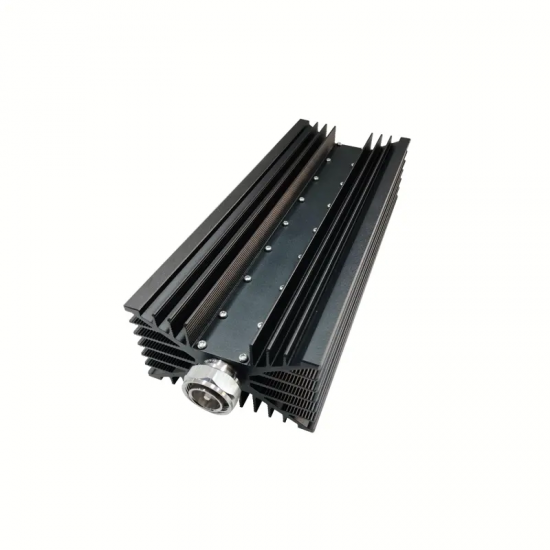-
 Analysis of Directional Coupler Applications: Core Technology in Modern Communication and Testing Systems
Mar , 26 2025
Analysis of Directional Coupler Applications: Core Technology in Modern Communication and Testing Systems
Mar , 26 2025
In wireless communications, radar systems, RF testing, and other fields, the directional coupler stands as a critical passive component, enabling unique signal separation and monitoring capabilities that make it indispensable in modern electronic systems. This article delves into the working principles, core advantages, and real-world applications of directional couplers across industrie...
View more
-
 Understanding Jumper Cables in RF Systems
Apr , 07 2025
Understanding Jumper Cables in RF Systems
Apr , 07 2025
What They Are and Why They Matter Jumper cables, also known as RF jumpers or feeder jumpers, are short coaxial cables used to connect various components in an RF transmission system. Though seemingly simple, they play a crucial role in ensuring signal integrity, mechanical flexibility, and overall system performance in wireless infrastructure. 1. What is a Jumper Cable? A jumper cable is a flexibl...
View more
-
 What is a Directional Coupler?
Apr , 24 2025
What is a Directional Coupler?
Apr , 24 2025
In RF and microwave systems, a directional coupler is an essential passive component that enables signal sampling, monitoring, and routing without disturbing the main transmission line. This article explains what a directional coupler is, how it works, and why it's a critical element in modern wireless communication systems. What is a Directional Coupler? A directional coupler is a four-port RF de...
View more
-
 Which Is Better: Directional Coupler or Tapper?
May , 08 2025
Which Is Better: Directional Coupler or Tapper?
May , 08 2025
In RF and microwave systems, power distribution is a critical aspect that directly impacts system performance, reliability, and design flexibility. Two of the most commonly used passive components for signal splitting and power monitoring are directional couplers and tappers. While they serve similar purposes in many systems, they differ significantly in structure, application, and performance. Un...
View more
-
 Why Use a Hybrid Coupler? Understanding Its Role in RF Systems
May , 14 2025
Why Use a Hybrid Coupler? Understanding Its Role in RF Systems
May , 14 2025
In RF and microwave systems, signal routing, splitting, and combining require high-precision components that minimize losses and distortion. One such essential component is the hybrid coupler. But why use a hybrid coupler instead of standard power dividers or directional couplers? This article explores the purpose, benefits, and applications of hybrid couplers—especially in systems where signal ph...
View more
-
 How To Test The Power of a Load
May , 21 2025
How To Test The Power of a Load
May , 21 2025
To test the power of a load, you can follow these steps: Gather Equipment: You'll need a multimeter, wattmeter, or power analyzer, depending on the accuracy required. Connect the Load: Ensure the load (such as a resistor, motor, or appliance) is properly connected to the power source. Measure Voltage: Use the multimeter to measure the voltage across the load. Make sure to set the multimeter to the...
View more
-
 Common Connector Types for RF Passive Components
Jun , 10 2025
Common Connector Types for RF Passive Components
Jun , 10 2025
In the world of RF passive components—such as couplers, attenuators, splitters, and terminators—RF connectors play a crucial role in ensuring signal integrity, mechanical reliability, and ease of integration. Choosing the right connector is essential for system performance, especially in 4G/5G base stations, DAS (Distributed Antenna Systems), and other high-frequency communication systems. Below, ...
View more
-
 What Is the Difference Between a Power Divider and a Power Splitter?
Jun , 18 2025
What Is the Difference Between a Power Divider and a Power Splitter?
Jun , 18 2025
1. Basic Function — What Do They Both Do? At a high level, both power splitters and power dividers are passive RF components designed to: Take one input signal Split it into two or more output signals Maintain specific impedance (typically 50Ω or 75Ω) Preserve signal integrity as much as possible These devices are commonly used in test setups, antenna feeds, distributed antenna systems (DAS), and ...
View more
 How To Test The Power of a Load
May , 21 2025
How To Test The Power of a Load
May , 21 2025